Exotic Herbs
We grow a range of culinary and exotic herbs for various international cuisines to cater to the gourmet connoisseurs and chefs.

Borage
More info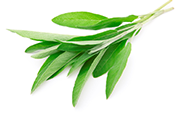
Sage
More info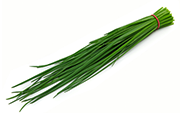
Chives
More info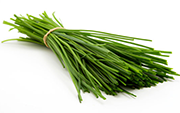
Garlic Chives
More info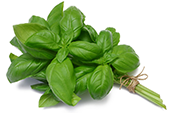
Genovese Basil
More info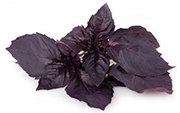
Opal Basil
More info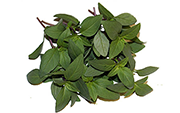
Clove Basil
More info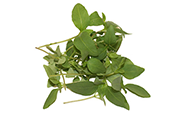
Licorice Basil
More info
Cinnamon Basil
More info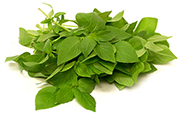
Lemon Basil
More info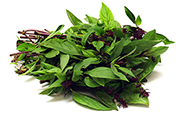
Siam Queen Basil
More info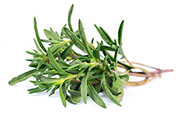
Thyme
More info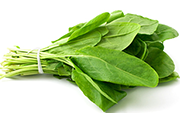
Sorrel
More info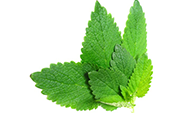
Lemon Balm
More info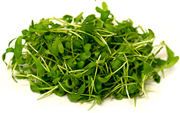
Peppercress
More info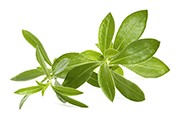
Summer Savory
More info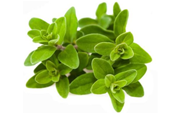
Sweet Marjoram
More info
Tarragon
More info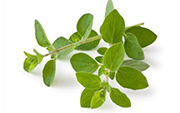
Vulgare Oregano
More info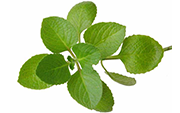
Greek Oregano
More info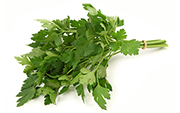
Curly Parsley
More info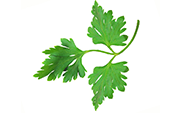
Flat Leaf Parsley
More info
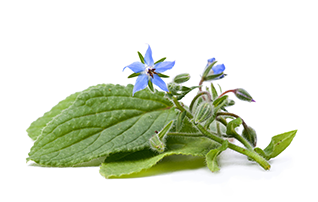
Originating in Syria, this bristly flowering herb is also known as starflower. It has a prickly appearance, produces star-shaped, edible blue flowers that are often used as a garnish in dishes.
Less common in everyday recipes, it is favoured in soups in Germany and Frankfurt’s well-known green sauce, (Grüne Soße). Italian pasta recipes use it as a filling for ravioli and you’ll often find it as a garnish in the popular Pimm’s cocktail. The herb has been widely used for many years for its medicinal properties, claiming to alleviate colds and respiratory infections. Borage is growing increasingly popular as a natural dietary supplement. Borage oil has high concentrations of linoleic acid and omega fats, beneficial to the body.
×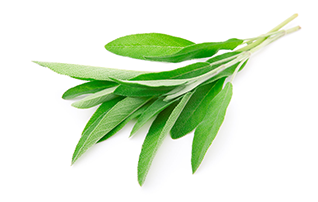
An ancient herb that boasts a strong peppery flavour, adding a vital ingredient to meat and poultry seasoning. Native to the Mediterranean, sage has an attractive foliage with silvery green leaves that produce a powerful, slightly medicinal aroma. Using fresh leaves, whole or chopped, sage is added to stuffings, poultry, sausages, casseroles and stews. It’s also used with meat – especially calves liver, fish and in tomato-based sauces and cheese dishes.
×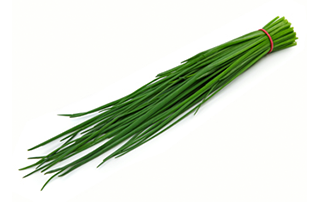
Small is beautiful! The most delicate and diminutive member of the edible onion family packs a mild yet tangy punch. Chives have been a staple European herb ingredient since the Middle Ages. Chives offer a subtle onion taste, combined with the unmistakable oniony aroma. The mild flavour is reminiscent of baby spring onions or young leeks and makes chives a great additional ingredient in a variety of dishes ranging from soups and salads, to omelettes and cheeses. Chefs looking to retain the delicate onion flavour and deep green colour tend to use chives raw – or added to a dish, just before serving.
×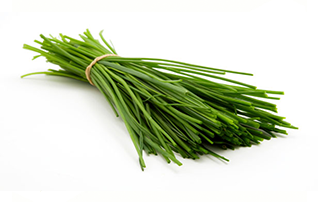
Garlic chives, native to China, are the smallest species of the onion family. They are referred to only in plural, because they grow in clumps. The herb has a fresh garlic-like taste. Garlic chives are most often used in Asian cuisine. Traditionally they are a classic element of pad Thai but they may also be used as a substitute for standard chives. Use minced garlic chives to finish meat, poultry or seafood dishes. Pair with other fresh herbs, cheeses, mushrooms, noodles and chilies. The colour and slight onion flavour may be used to lighten as well as enhance the flavours in a dish.
×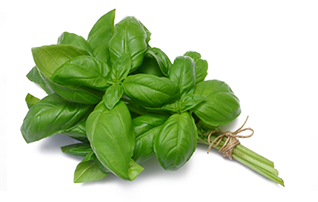
With such a strong, pungent aroma, Genovese Basil is a signature herb that brings a unique flavour to the table. Pesto, the classic oil and herb sauce, may well have thrust Genovese Basil into the modern day culinary limelight. But the herb, best known for its pronounced rich and peppery aroma and flavour, has been used in Mediterranean and Asian cooking for centuries. Genovese Basil makes a welcome addition to most meat, poultry and fish dishes and is a perfect partner to sliced, fresh tomatoes. When combined with seasoned oil and sauces it can deliver a bouquet of flavours and aromas all its own. Basil contains many flavoursome, volatile oils that dissipate if exposed to prolonged heat. To maximize the intense flavour, add the herb (torn, not sliced), at the end of the cooking process.
×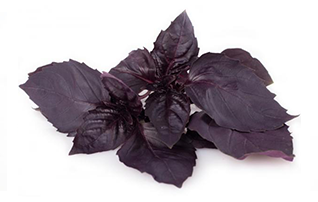
Opal basil, a purple coloured is sweetly pungent with a mild flavour of licorice. It is versatile, adding colour and flavour to a wide variety of recipes – from soft pink sorbet to any tomato-based dishes, soups, salads, vegetables and meats. Opal basil leaves make aromatic herbed vinegars or oils. Make a purple pesto or use the leaves as a garnish for salads or pizza. Opal basil can replace green varieties in caprese salads. For gourmet flair, pair it with edible flowers to create a colourful mixed green salad. Opal basil retains its colour and flavour better that other varieties of basil, however, it should be used fresh and added during the last moments of cooking.
×
Clove Basil is true to its name offering an intense clove flavour and a slight classic basil overtone. Fresh leaves of Clove Basil can be served with vegetable platters and nibbled on with spicy salads and chili dips. It can also be used in salads, vegetable dishes or as a popular garnish for soup and pasta. Like other basil varieties, clove basil should be used fresh, and added during the last moments of cooking. Over cooking clove basil is not recommended as heat quickly dissipates the flavour.
×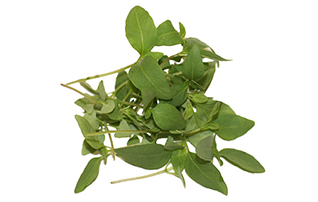
Licorice basil, also known as Anise basil, has distinctive anise flavoured qualities and aromatics. Licorice basil’s flavour is due to a chemical called anethole, an aromatic compound that occurs widely in nature in essential oils that are produced within the plant. Unlike other basil, it is far more pungent making it one of the more intensely flavoured and perfumed basil varieties. It is commonly used in Italian, Thai, Cambodian, Laos and Vietnamese dishes as a condiment. It is used in recipes ranging from chicken, sea food to pork. Use it in curries, stir-fried dishes, pastas, salads and soups, it goes very well with ingredients like garlic, tomatoes, olives, eggplant etc. Infuse with ingredients like vinegar, oil to make infused flavourings. These go well in preparation of salad dressings. It can also be steeped in cream/ milk and this flavoured milk is used to make truffles, chocolates, cakes etc.
×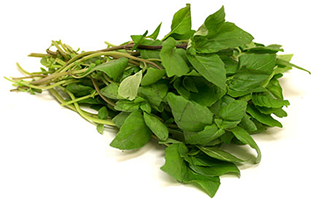
Cinnamon basil, AKA Mexican Spice basil, is a cultivar of sweet basil containing cinnamite, a chemical compound that gives it its concentrated cinnamon flavour and intense aroma. It has small thin serrated green leaves with contrasting pale violet-coloured stems and lavender spiked flowers. Cinnamon basil is primarily used as a table garnish and savory element to raw dishes, soups, hot drinks and infused oils. Steep cinnamon basil leaves in water and sugar, bring to a boil to infuse and use this simple syrup to flavor whipped creams or dessert. Puree Cinnamon basil with garlic and olive oil for pesto and use to top fresh pasta. Blend Cinnamon basil leaves with heavy cream and beat until desired whipped cream consistency, then top brownies or pie.
×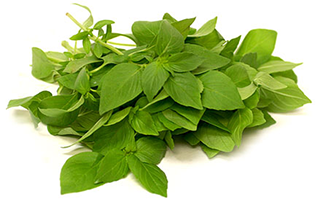
Lemon Basil adds great citrus lemony flavour to seafood, pasta, and vegetables. Attractive, spreading silver-green leaves with lemony aroma and flavour is great for tea, chicken, fish, vegetables and herb vinegars. Lemon basil is a popular herb in Arabic, Indonesian, Lao, Persian and Thai cuisines. Lemon basil should be used fresh and added during the last moments of cooking. Over cooking basil is not recommended as heat quickly dissipates the flavour.
×
An enhanced variety of Thai Basil, Siam Queen has a spicy-sweet flavour with a licorice, basil aroma. The leaves are larger than standard Thai Basil and green in colour. Siam Queen basil should be considered a complementary element to many raw applications, including salads, pastas as well as a finishing herb/spice for any spicy & hot dishes. Like other basil varieties, Siam Queen basil should be used fresh, and added during the last moments of cooking. Over cooking Siam Queen basil is not recommended as heat quickly dissipates the flavour
×
Throughout history thyme has remained one of the most popular herbs. Its name is derived from the Greek word thymus, meaning courage, and is has been used to symbolize chivalry, style, and elegance. Today it is most likely to be found in its dried form in cupboards and few realize what a difference fresh thyme makes. Thyme is a mild herb with a combination of citrus and pepper notes. It is a favourite for roasting poultry but also makes a nice addition to seafood, salads, soups and stews.
×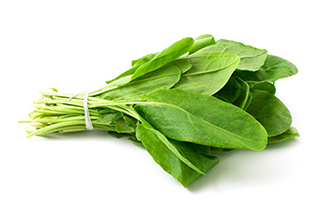
It is an indispensable green in European and Mediterranean cooking. Its long broad kelly green leaves are tangy and succulent with lemon undertones and an acidic finish. Sorrel is a good complimentary herb to pair with rich fatty meats. It is also used throughout Europe in soups, salads, and even mashed potatoes. This is an ideal herb for cooks that are searching to add flavour to their dishes without using artificial additives.
×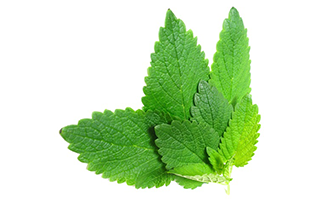
Lemon balm is a lemon scented member of the mint family and is native to Southern Europe. With its mild lemon scent and flavour, Lemon balm has historically been valued as a culinary, cosmetic and medicinal herb. Lemon balm is a wonderful addition to fruit salads, herb butters, fruit drinks, and sorbets. It can also be used in many egg dishes, custards, a variety of soups and casseroles. Lemon Balm makes a great addition for stuffing for poultry, lamb or pork. Its subtle flavour is a perfect for sauces and marinades for fish. For best results with cooking with lemon balm, it should be added at the end of cooking.
×
Peppercress is a peppery-tasting, leafy exotic herb that’s similar in flavour to its relative, watercress. Peppercress is a good stand-in for recipes that call for watercress, and is especially good in salads. Try tossing peppercress with mixed greens—its assertive flavour will be delicious with First Agro’s Lollo Rossa or Oakleaf lettuce. Cooked briefly, peppercress can add subtle zip to a puree of vegetables like peas, favas, and leeks.
×
Summer savory's smooth gray-green narrow leaves have a oregano and thyme-like fragrance and a warming flavour similar to a blend of thyme and marjoram. Summer Savory has been used as a culinary herb for centuries, as both a condiment and a flavour agent both fresh and cooked. Because of its essential oils, it is used in the formulations of bitters and vermouth. Pair with seafood, poultry, summer squash, beans, tomatoes and fresh cheeses. Uncooked summer savory will give you the strongest flavour. Add it fresh to get the full impact of flavor or cook it to decrease its prominence in a recipe.
×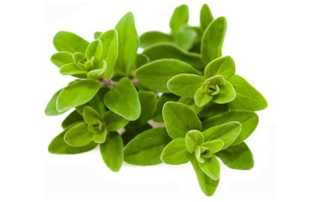
Sweet Marjoram is a widely used herb, often mistaken for oregano (wild marjoram). It remains a kitchen favourite. Testament to its popularity is the long list of staple foods that contain Sweet Marjoram, from pizzas to rich Italian ragu sauces. Globally it has become synonymous with stuffings and roasted meats, and its delicate, aromatic, citrus-like flavour complements many recipes. For a pleasant and delicious remedy for sore or dry throats, infuse dry Sweet Majoram with a little honey.
×
Native to much of the Northern Hemisphere, Tarragon offers a sublime, anise-like flavour, favoured by chefs globally. Featuring a delicate, slightly bitter, anise-like aroma and flavour, the leaves are stripped from the stem before being finely chopped. Tarragon is also used in tomato-based dishes, vegetable stews and as an ideal accompaniment to poultry and fish recipes. Fresh tarragon offers a much more intense flavour than the dried equivalent and is a delicious addition to butter.
×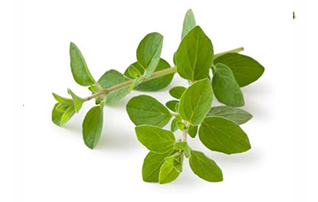
Vulgare Oregano also called as Common Oregano is a very popular “pizza herb” widely used in Italian, Greek and Mexican cooking and is often used in tomato dishes, salads and with grilled meats. Leaves can be used fresh to add warm spicy flavour to your favorite recipes!
×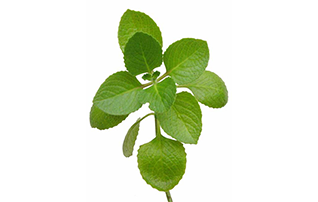
Not all oreganos are equal. Greek Oregano (rigani) is a subspecies with the latin name Origanum Vulgare. This variety is the truest form of culinary oregano, used in many forms of Greek and Italian cooking in tomato sauces, with meats, fish, cheese, egg dishes, salads, cheeses, and with vegetables including tomatoes, zucchini, and green beans. Greek oregano tends to be the most savory and earthy. The perfect addition to roasted meats and vegetables, it balances the flavours of spicy foods.
×
With a mild and fresh aroma, Curly Parsley is a universal garnish, popular across a wide spectrum of dishes and cuisines. Featuring classic rosettes of tightly curled, rich green leaflets, curly parsley has traditionally been used in roulades of soft cheese, added to pasta and meat dishes, or chopped finely and sprinkled as a garnish. Offering a crisp, clean flavour, the curly variety of one of the world’s most popular herbs is an in-demand ingredient amongst chefs and caterers, thanks to its unique and distinctive flavour. Try adding curly parsley to salads and dressings. The high chlorophyll content provides greater colour adding a visual vibrancy to many dishes.
×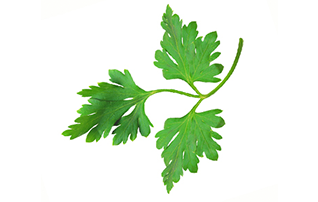
Also known as Italian Parsley, the unmistakable flat dark green leaves behold a peppery taste and fresh aroma. With a sharp flavour and fresh aroma, flat leaf parsley may not look as interesting as its curly sibling, but it certainly scores highly on the flavour front. Flat parsley is a tremendously versatile herb that deserves its place at the table. Used as either a garnish or ingredient, flat leaf parsley has wide appeal – and thanks to the distinctive peppery taste, makes a great accompaniment to European, Mediterranean and Middle Eastern dishes.
×